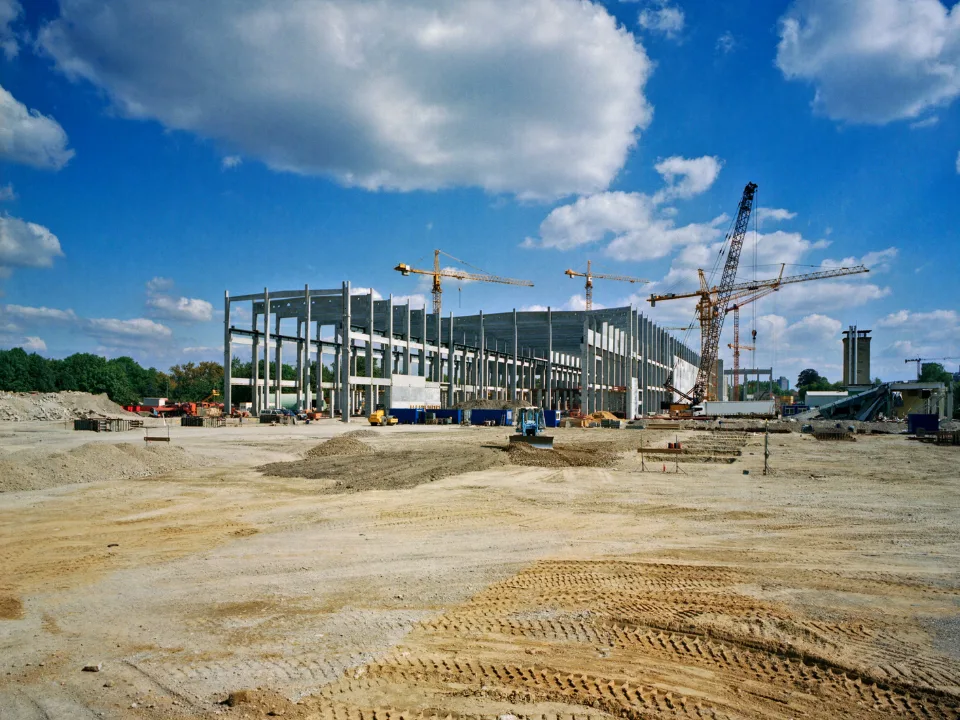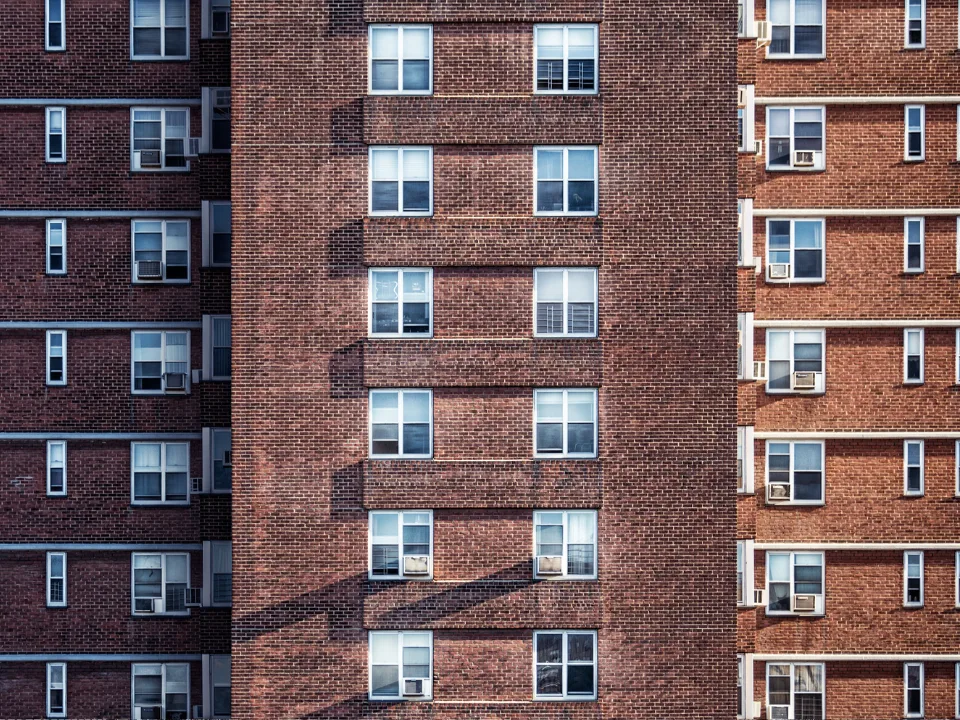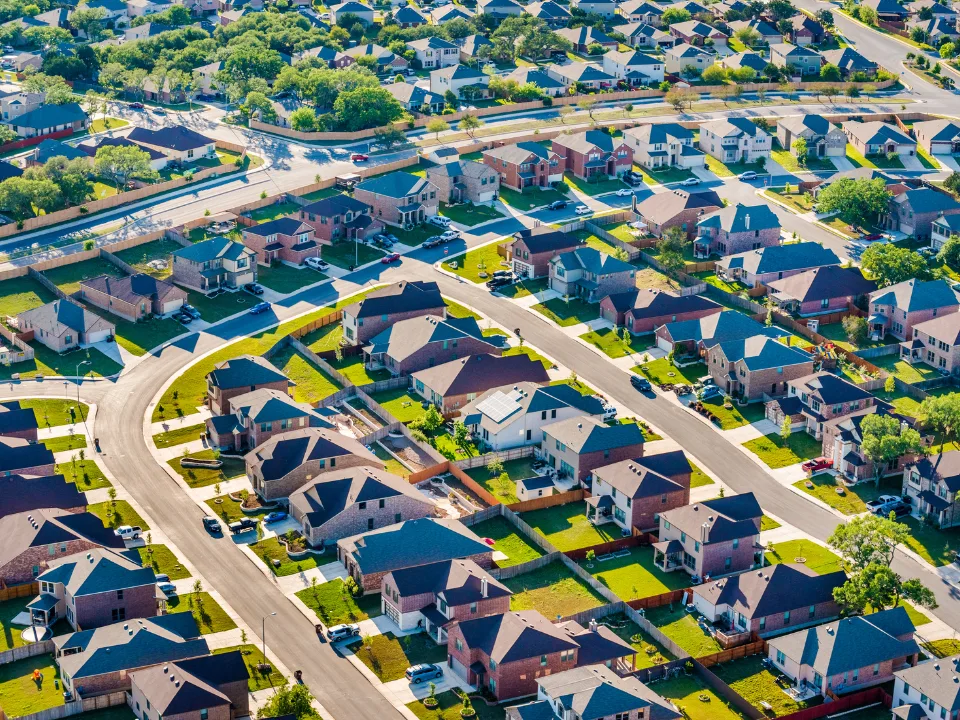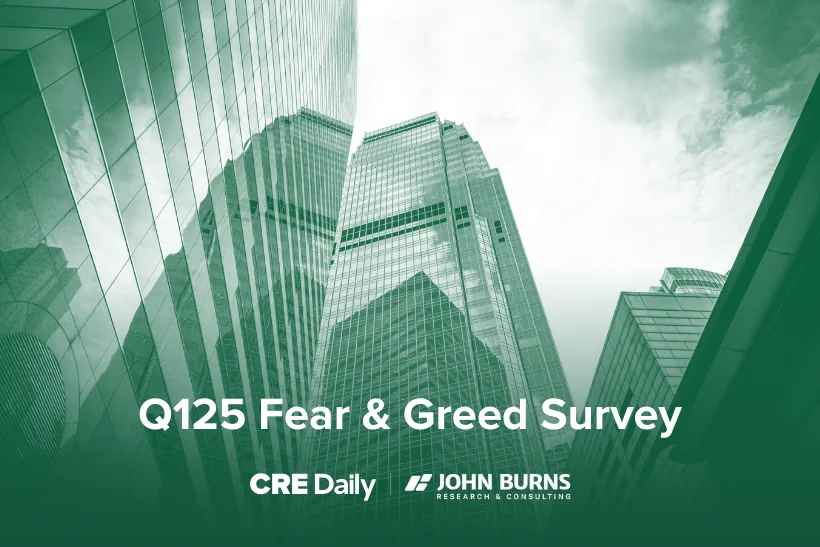- Despite improving economic indicators, real estate investors remain cautious as macroeconomic uncertainty lingers.
- Loan maturities continue to pressure capital markets, with many lenders extending terms rather than resolving debt.
- Alternative asset classes like healthcare, senior housing, and data centers are attracting increased investor attention amid broader construction slowdowns.
- Multifamily properties remain the most resilient asset class, with demand and absorption rates staying strong despite elevated deliveries.
Market Holds Its Breath
Real estate investment activity showed tentative progress in Q1 2025, according to Colliers’ latest US Capital Markets Snapshot. Sales volumes were up across most asset classes compared to last year, but investors remained cautious as concerns about consumer confidence and recessionary trends persisted. GDP growth estimates dipped into negative territory, even as inflation fell to its lowest level in over four years, per GlobeSt.
Playing the Long Game
David Amsterdam, president of US Capital Markets at Colliers, emphasized that easing volatility supports the idea that commercial real estate remains a long-term investment strategy. “It’s not one driven by short-term news cycles,” he said.
Get Smarter about what matters in CRE
Stay ahead of trends in commercial real estate with CRE Daily – the free newsletter delivering everything you need to start your day in just 5-minutes
Tariffs and Maturities Complicate Forecasts
Policy uncertainty, particularly around tariffs, is adding another layer of unpredictability to the real estate investment landscape. Aaron Jodka, director of research for US Capital Markets at Colliers, noted that while some tariffs have been rolled back, the bigger issue is the uncertainty they introduce. “The final impact is hard to quantify, but the uncertainty is already affecting sentiment,” he said.
Meanwhile, the industry continues to face a significant wave of loan maturities. Rather than resolve these debts, many banks and CMBS lenders are extending terms, contributing to ongoing market friction. As Jodka notes, “Kick-the-can strategies remain dominant,” and distress-focused funds are closely watching for openings.
Looking for Value in New Places
Despite headwinds, real estate investment opportunities are emerging. Investors are exploring redevelopment plays and alternative asset types, including healthcare, senior housing, and data centers, which all reported cap rates between 6.1% and 6.8% in Q1. Many of these assets are trading below replacement cost, making them attractive in the current climate. Construction is also slowing across the board, potentially tightening future supply and supporting long-term fundamentals.
Industrial investors are pivoting as well—opting for deals with longer lease terms to ensure more stable cash flow.
Multifamily Remains a Stronghold
Among asset classes, multifamily continues to stand out. David Goodhue, Colliers’ head of multifamily, said the sector is still registering monthly year-over-year sales growth. Even with new supply hitting the market, demand is keeping pace—bolstered by persistent US housing shortages. “Housing is a basic need,” he said. “Even if preferences shift, demand for places to live remains steady.”
Why It Matters
The current investment environment is defined by a push-and-pull between improving fundamentals and lingering uncertainty. While investors are gradually reentering the real estate market, they are doing so selectively, with a focus on long-term plays and defensive asset classes.
What’s Next
As inflation declines and construction slows, fundamentals may tighten, opening the door for renewed investor confidence in the back half of 2025. Watch for increased activity in alternative sectors and continued resilience in multifamily as capital cautiously seeks opportunity.

















